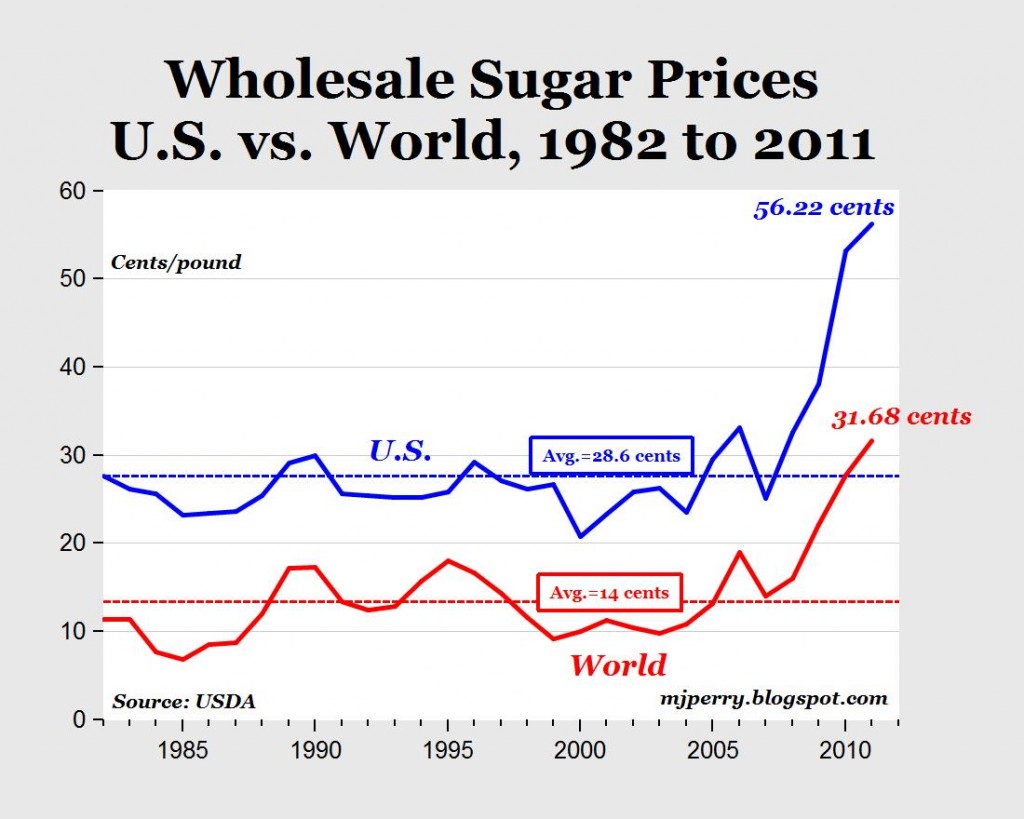It’s time for the Environmental Studies Fest, this Thursday, March 8th at 4:15 pm in the Atrium between Youngchild and Steitz Halls.
Come see what ENST students have been up to……and get Snacks!
Here’s what’s on tap:
- Transpiration source water and geomorphological potential of root growth in the Boulder Creek CZO, Colorado (Brenna Skeets)
- The effects of climate change on plant traits and fruiting phenology of Delphinium nuttallianum (Kari Spiegelhalter)
- Environmental Sustainability Meets Economic Security: China Can Grow Green (Devin Burri)
- Sea Turtles in French Polynesia (Devin Burri)*
- Acoustic Monitoring of Local Bats (Ronan Christman)
- Looking for Sasquatch: Explorations as a Wilderness Ranger in the Siskyou National Forest (Will Meadows)
- Effect of land use on flooding events in the Apple Creek basin (Elissa Tikalsky)*
- Unique Aspects of Urban Planning in Hong Kong (Elissa Tikalsky)
- What role does Palm Oil play in Sierra Leone economically, environmentally and culturally? (Amanda Dwyer)*
- Environmental and Economic Effects of the Reuse of Pint-Sized Plastic Bottles in the Palm Oil Market of Freetown, Sierra Leone (Amanda Dwyer)
- Modeling the effects of insulation and air exchangers on indoor temperature, humidity and particulate matter (Eli Hungerford)*
*ENST 650 Capstone projects






 This fall, Professor Galambos and I will be leading a group read of F.A. Hayek’s The Road to Serfdom. The course will be offered for one unit as DS 391 — On the Road with Hayek, and we will have a sign up and coordinate times at the beginning of fall term. I expect with this book we will probably meet eight of the ten weeks.
This fall, Professor Galambos and I will be leading a group read of F.A. Hayek’s The Road to Serfdom. The course will be offered for one unit as DS 391 — On the Road with Hayek, and we will have a sign up and coordinate times at the beginning of fall term. I expect with this book we will probably meet eight of the ten weeks.



